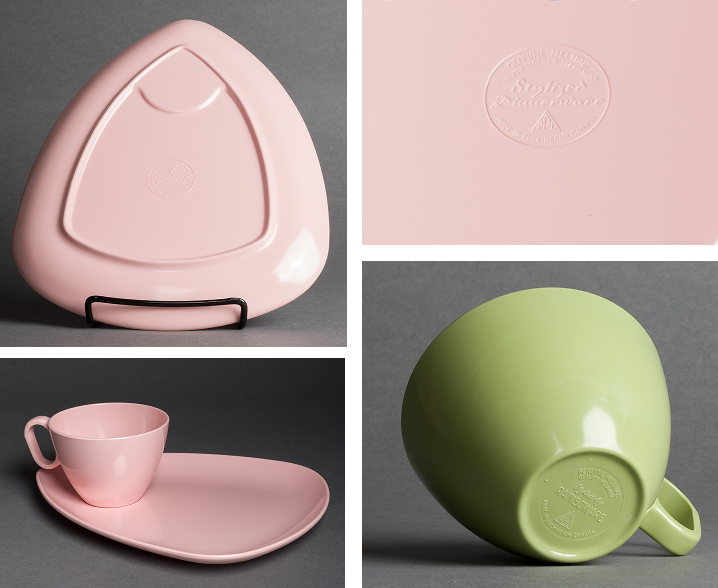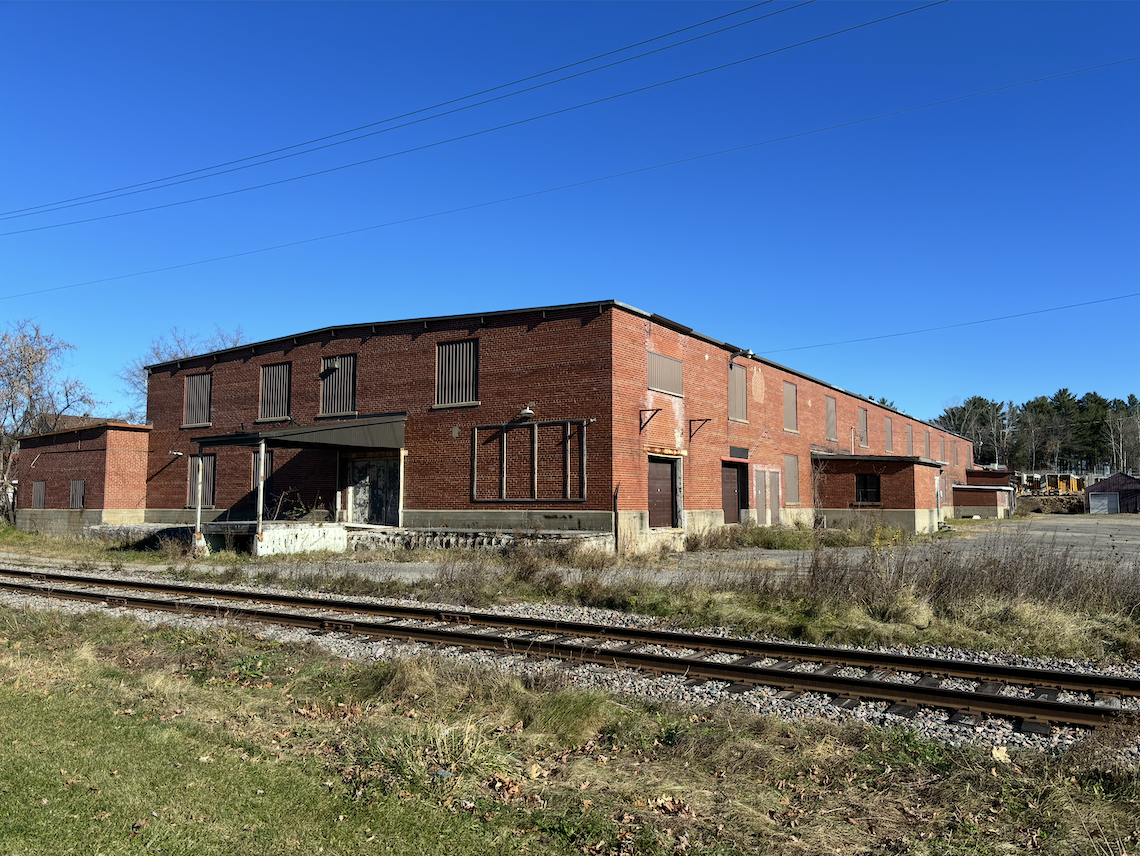At the End of the ‘Rainboware’
July 2025
As I write this blog, I am at the airport sitting at my gate waiting to board my flight. In this space between places, I am thinking about the artefacts in the DX collection and the ways in which ‘place’ and movement is significant for these objects, too. How does Canada – as a place – present itself in these objects? Was it designed in Canada? Manufactured? How was it used here or elsewhere? In some (read: most) cases, an object may have been designed in one city, manufactured in another, shipped across Canada and the world for use in households. In some cases, it may have been designed in Canada and manufactured somewhere else in the world. In fact, this collection and its objects continue to move – once entirely housed in the Design Exchange building in downtown Toronto, this collection now lives divided between various institutions across Canada.
When cataloguing postwar Canadian artefacts, the locations of manufacturing feel almost like imagined places and hardly real spaces. As result, recently at Carleton, we have made a concerted effort to try to visit these sites of industry and the communities that once hosted various manufacturing spaces for these design objects.
The RPL ‘Rainboware’ Melmac cups and dishware are amongst my favourite objects in this collection. Stamped on bottom of these objects is the manufacturer’s label citing “Buckingham, Canada” as its place of production. I imagined Buckingham to be a town somewhere in British Columbia or maybe even Alberta? It turns out, Buckingham is a town in Quebec, now incorporated as part of Gatineau, and it is a mere 36-minute drive from Carleton’s campus.

RPL dishware, c. 1960. Carleton University xDX Collection. Photos: Etienne Capacchione
A few weeks ago, Dylan and I had the wonderful opportunity to visit the Société d'histoire de Buckingham (Buckingham Historical Society), where we met with Michel Riberdy, director of the society. He generously spent much time with us reviewing not only the history of RPL and its role in Buckingham, but also various industries and manufacturers that existed, and continue to exist, in Buckingham both pre- and postwar. The factory that once housed RPL or Cyanamid now sits empty, waiting for its next role in Buckingham. When visiting this now shuttered building, it is hard to imagine that this site once produced much of the Melmac tableware that we now find in Canada.

Former RPL / Cyanamid of Canada manufacturing site. Photo: Romy Poletti
Since our meeting, Société d'histoire de Buckingham has shared various wonderful archival resources that help to further contextualize and situate these xDX Project objects. With these ‘people-made objects’ (as they are known in the CIDOC-CRM space – or our linked-open data modelling) we often overlook the “people-made” component of the data. Connecting with local groups and municipal organizations that are working diligently and carefully to preserve and showcase these histories helps to further create a robust context and data of the people and the communities who played a role in manufacturing these quotidian design objects in Canada.
I am grateful for our continued connection with M. Riberdy and the Société d'histoire de Buckingham and I look forward to connecting with more municipal and local historical societies, which can help to further tell the stories of both these artefacts and the people who made them.
Romy Poletti, PhD RA, Carleton University

